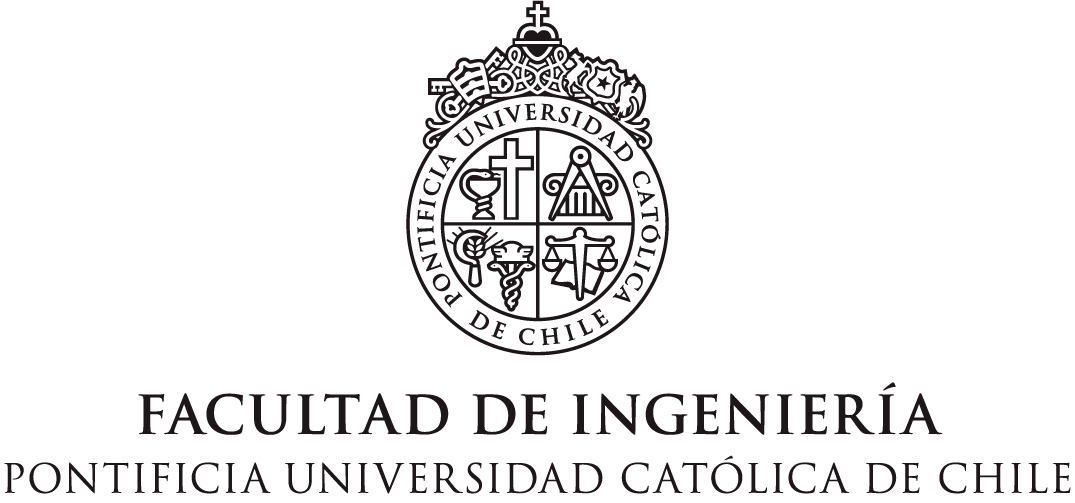Transport metabolism, social diversity and equity: the case of São Paulo, Brazil

The movement of people in space implies the consumption of resources such as time, space, money and energy, as well as the production of negative externalities such as accidents, pollution and congestion. Some of these effects have been analyzed on an aggregate level by comparing regions in the world, a set of selected cities and different geographical areas in a particular city. The analysis of data on a more disaggregate level that considers the differences in the cause and continuance of negative transport externalities among social classes and groups living in a particular city in the developing world is rare.
This paper uses the São Paulo Metropolitan Region (SPMR) 1997 origin–destination (OD) survey to investigate such phenomenon by taking advantage of the fact that data are divided according to six levels of household income. Results refer to mobility patterns in workable days.
The main conclusions are that although people at the lowest income level spend a high share of their income on transport, they have a very low overall mobility and contribute almost nothing to transport externalities. At the other extreme, the two highest income groups that use cars intensively invest much more time, space and money to travel around and so contribute to transport externalities 8.4–15.2 times more than the lowest income group. Such large differences challenge current transport policies in developing countries and call both for a reassessment of assumptions and principles as well as for opposition to the propagation of myths that have sustained such inequitable policies.
The dimensionality of performance frameworks and performance measurement for bus rapid transit systems

Fundamental to all good business practices in the delivery of public transport is knowledge of how well the enterprise is performing, especially relative to other enterprises undertaking similar activities, as well as self performance over time. A commitment to performance management and benchmarking should transcend all institutional settings, be they subject to competitive tendering or negotiated contracting, and in the presence or absence of specific incentives and sanctions. This paper focuses on the development of a framework within which performance metrics can be defined and introduced in the context of meeting strategic, tactical and operational objectives in the public transport sector. We discuss the important matters of definition of performance, data requirements, standards, the hierarchy of integrated partial and global measures of performance and frameworks to compare enterprises, and to explain why there are differences, and what actions might contribute to closing the gap between relatively poor and better overall performance. The relationship between inputs, outputs and outcomes is central to the performance rubric, as well as an understanding of the processes that underlie the mappings between these three dimensions. An important aim of the paper is to ensure that the data collection activity planned for a global study of the performance of Bus Rapid Transit (BRT) systems is guided by an integrated and comprehensive framework for performance management, measurement, feedback, and improvement.
Transport metabolism, social diversity and equity: the case of São Paulo, Brazil

The movement of people in space implies the consumption of resources such as time, space, money and energy, as well as the production of negative externalities such as accidents, pollution and congestion. Some of these effects have been analyzed on an aggregate level by comparing regions in the world, a set of selected cities and different geographical areas in a particular city. The analysis of data on a more disaggregate level that considers the differences in the cause and continuance of negative transport externalities among social classes and groups living in a particular city in the developing world is rare.
This paper uses the São Paulo Metropolitan Region (SPMR) 1997 origin–destination (OD) survey to investigate such phenomenon by taking advantage of the fact that data are divided according to six levels of household income. Results refer to mobility patterns in workable days.
The main conclusions are that although people at the lowest income level spend a high share of their income on transport, they have a very low overall mobility and contribute almost nothing to transport externalities. At the other extreme, the two highest income groups that use cars intensively invest much more time, space and money to travel around and so contribute to transport externalities 8.4–15.2 times more than the lowest income group. Such large differences challenge current transport policies in developing countries and call both for a reassessment of assumptions and principles as well as for opposition to the propagation of myths that have sustained such inequitable policies.








